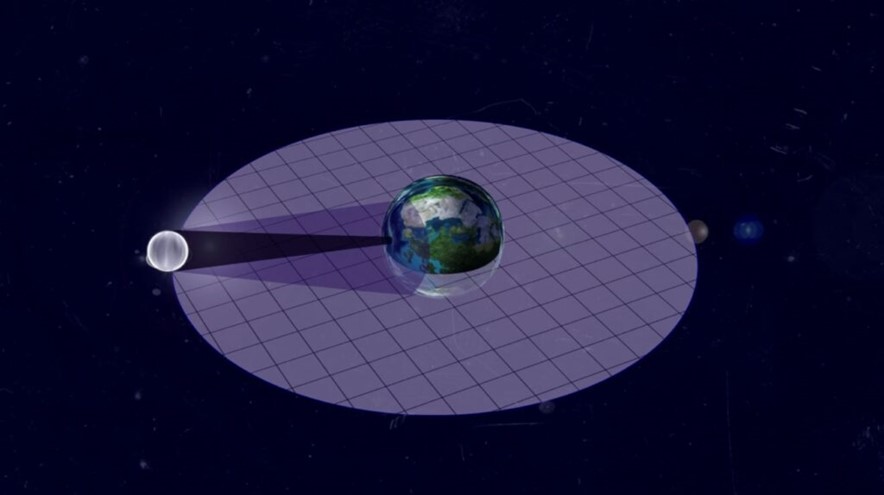On October 14, 2023, around 11:30 a.m., an annular eclipse will cause a ring of fire to form around the Moon in Campeche and the Yucatan Peninsula and the sky to darken for several minutes.
hile on April 8, 2024 (five months and 22 days later) we will have another eclipse in Mexico, now total, which will cause sunlight to disappear completely in Sinaloa, Durango, and Coahuila, and for just over four minutes, it will be night in the middle of the day.
The Greeks called this phenomenon ἔκλειψις or ‘disappearance’, and the Mayans called it pa’al k’in, or ‘broken sun’. “Although we have studied them since ancient times, eclipses amaze us today just as before,” says Dr. José Franco, of UNAM’s Institute of Astronomy, who recalls seeing his first one on March 7, 1970, when he was still a physics major and traveled to the Oaxacan town of Miahuatlán to enjoy the event. “I have witnessed many more since then and they still amaze me.”

But how is it possible that an object as relatively small as the Moon can cover the Sun, especially if we consider that the latter is so voluminous that, inside it, it would fit about 65 million times?
What happens,” explains Professor Franco, “is that, in the firmament, both appear identical in size. This is because, although our satellite has a diameter 400 times smaller than the star, it is also 400 times closer. It is as if we were to place a soccer ball in the distance, take a marble between our thumb and forefinger and bring it close to our eye just to the point where it looks as big as the ball. This delicate balance between dimension and perception is called angular diameter, and it is what allows the Moon to almost exactly hide the Sun as it passes in front of it.
“However, the lunar orbit is an elongated ellipse and not a perfect circle and that makes it sometimes farther and sometimes closer to the Earth and, therefore, if the Moon crosses the Sun when it is in a distant position its apparent size will be smaller than that of the star and it will almost cover it, but not completely, and will give the impression of having a luminous halo above its contour: this is called annular eclipse. On the contrary, if it passes in front of it when it is in a close position, it will hide the solar disk completely, the sky will darken as if it were night, there will be stars and we will have a total one”.
Astrophysicist Neil de Grasse Tyson once called this phenomenon “a cosmic spectacle that we should all experience at least once in our lifetime”. In fact, in a series of tweets where he speculated about what we would miss as humanity if there were no moon in the skies, he wrote: “We would not have werewolves or Pink Floyd’s album The Dark Side of the Moon”, but the most serious thing -he put at the top of his list- is that we would not know what eclipses are and we would not know all the emotions they are capable of arousing.
TYT Newsroom




1 comment
You drive and improve cars in Earn to Die, a 2D side-scrolling game set during a zombie apocalypse.